Frequently Asked Questions
1. Why is knife material important when choosing a folding knife?
2. What are the common materials used in folding knife blades?
3. How should I maintain my folding knife?
4. What factors should I consider when choosing knife materials?
5. What blade shapes are recommended for folding knives?
Choosing the right knife can make all the difference, especially when it comes to Folding Knives. With various options available today, it's important to understand the different materials used in knife construction. This guide will take you through the fundamentals of knife materials, their advantages, and what to consider when selecting the perfect Folding Knife for your needs.
Why Knife Material Matters
The material of a knife not only affects its performance but also influences its durability, weight, and aesthetics. Whether you are a chef, a hunter, or a camping enthusiast, knowing the qualities of different knife materials helps you make an informed decision. Here are the main types of knife materials you should be aware of:
Common Knife Materials
Stainless Steel
Stainless steel is one of the most popular materials for knife blades, especially when it comes to Folding Knives. Its anti-corrosion properties make it highly resistant to rust or tarnish, which is crucial for users in humid environments or those who often use their knives near water.
One of the main advantages of stainless steel is its ease of maintenance. Unlike carbon steel, which requires regular oiling and a careful drying process, stainless steel can usually be cleaned and stored with minimal fuss. However, it may not hold a sharp edge as long as some high-carbon options.
High-Carbon Steel
High-carbon steel offers excellent edge retention and is renowned for its sharpness. This type of steel contains a higher percentage of carbon, which gives it the ability to resist wear and maintain a sharper edge longer than many stainless steel alternatives. For avid users of Folding Knives, this could mean fewer sharpenings over time, contributing to a better overall experience.
However, high-carbon steel blades can be more prone to rust and corrosion if not maintained properly. It’s essential for users to clean and oil them regularly to extend their lifespan, making them a better choice for users who prioritize performance over convenience.
Damascus Steel
Damascus steel has gained a reputation for its beautiful and intricate patterns, which are a result of the layering and forging of different types of steel. Besides its aesthetic appeal, Damascus steel is also favored for its strength and edge retention, making it a popular choice among those who value both beauty and performance.
The unique patterns on Damascus blades make each knife visually distinct, appealing to collectors and those looking for unique looking Folding Knives. However, keep in mind that while they do resist rust better than high-carbon blades, they still require some level of care to keep their edge sharp and visually appealing.
Titanium
Titanium is a lightweight yet incredibly strong material, making it an excellent choice for the construction of knife handles as well as blades. Titanium-resin composite blades are not only corrosion-resistant but also offer remarkable toughness and flexibility, making them a popular choice for outdoor enthusiasts.
One downside of titanium is that it can be challenging to sharpen compared to traditional steel. If you're looking for exceptionally lightweight Folding Knives and don’t mind the sharpening process, titanium could be a compelling choice.
Factors to Consider When Choosing Knife Materials
When selecting the knife material, there are several factors to keep in mind to ensure you make the right decision for your needs:
Usage
Your primary use for the knife should guide your material choice. For example, casual users may prefer stainless steel for its low maintenance, while dedicated outdoor enthusiasts might opt for high-carbon steel for performance and edge retention.
Maintenance
Consider how much maintenance you are willing to commit to your knife. Stainless and titanium typically require less upkeep, while high-carbon and Damascus steels may need more frequent sharpening and oiling.
Budget
The costs associated with different materials can vary widely. High-quality stainless and high-carbon steel folding knives can be relatively affordable, while unique Damascus or high-end titanium blades often command a premium price. Be sure to consider your budget when selecting a material.
Understanding Blade Geometry
Aside from materials, the geometry of a blade also plays a vital role in the knife’s overall performance. Here are some common blade shapes found in Folding Knives:
Drop Point
The drop point blade features a convex curve that lowers towards the tip. This shape is great for tasks requiring precision and control, making it a favorite among hunters and campers.
Spear Point
Spear point blades are symmetrical, meaning the tip aligns with the center of the blade. This design is versatile and generally appropriate for various tasks, including piercing and slicing.
Clip Point
Clip point blades feature a concave spine that gives the blade a sharper point, making it ideal for piercing. It's a commonly chosen shape for tactical Folding Knives, as it excels in cutting and slicing tasks.
Maintaining Your Knife
The longevity and performance of your knife heavily rely on how well you maintain it. Proper care habits will ensure your knife does not disappoint you during use. Here are some useful tips to keep your knife in great shape:
- Cleaning: Always clean your knife after use to remove any food particles, moisture, or rust. Use warm soapy water, and dry it immediately.
- Sharpening: Regularly sharpen your knife to keep the blade in optimal condition. Different materials may require different sharpening techniques, so familiarize yourself with the best practices for your specific knife.
- Oiling: For high-carbon and Damascus blades, applying a thin layer of oil can prevent rusting and maintain the edge.
- Storage: Store your knife in a dry place, and consider using a protective sheath or case to prevent accidental damage and dulling of the blade.
Customization Options for Knife Enthusiasts
For those passionate about their Folding Knives, customization is an exciting avenue to explore. Here are some aspects where you could consider personalization:
Handle Material
Just like blade material, handle material impacts grip, durability, and aesthetics. Options range from traditional wood to modern composites. Choosing the right handle can enhance comfort and usability.
Blade Finish
Blade finishes can vary significantly, from polished shiny surfaces to matte or coated finishes. Each finish provides unique benefits, such as increased corrosion resistance or aesthetic appeal. Think about what looks good while also considering practicality.
Engravings and Custom Designs
Many knife manufacturers and artisans offer custom engraving. Personalizing your blade can be a unique way to enhance its aesthetic, memorialize a special moment, or make it a great gift.
Expert Recommendations for First-Time Buyers
If you're new to the world of knives and Folding Knives, consider the following recommendations:
- Start with Stainless Steel: It’s generally the most forgiving material for beginners due to its ease of maintenance.
- Choose a Versatile Blade Shape: A drop point or clip point blade performs well in various scenarios, making it suitable for everyday carry.
- Seek Out Reputable Brands: Research brands and user reviews, as quality can make a big difference in the knife experience.
By investing some time in understanding knife materials, you can make an informed decision when choosing your next knife, particularly if you’re looking at Folding Knives. Relying on the tips and insights shared in this comprehensive guide will not only enhance your knife selection process but also enrich your overall experience. Happy shopping!


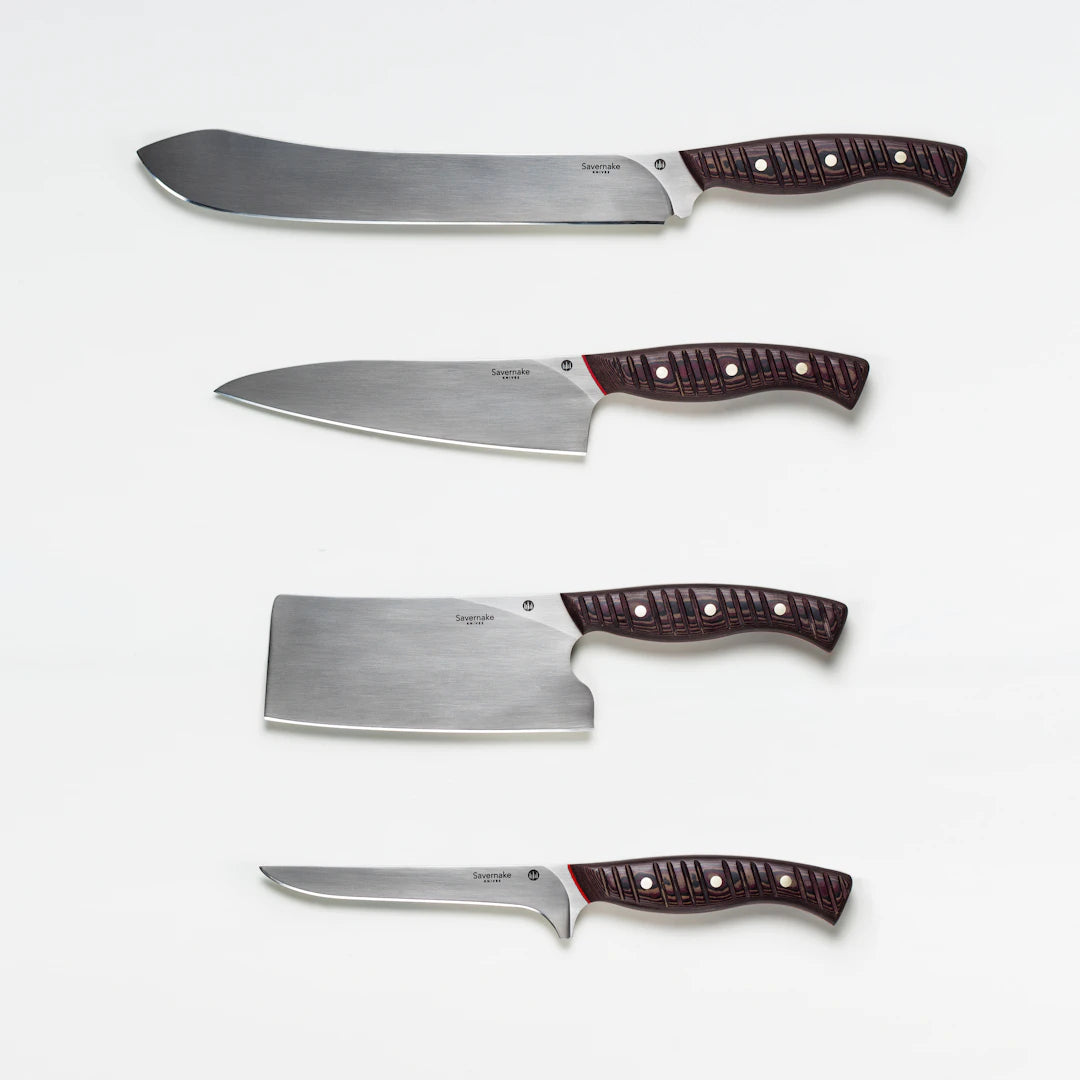






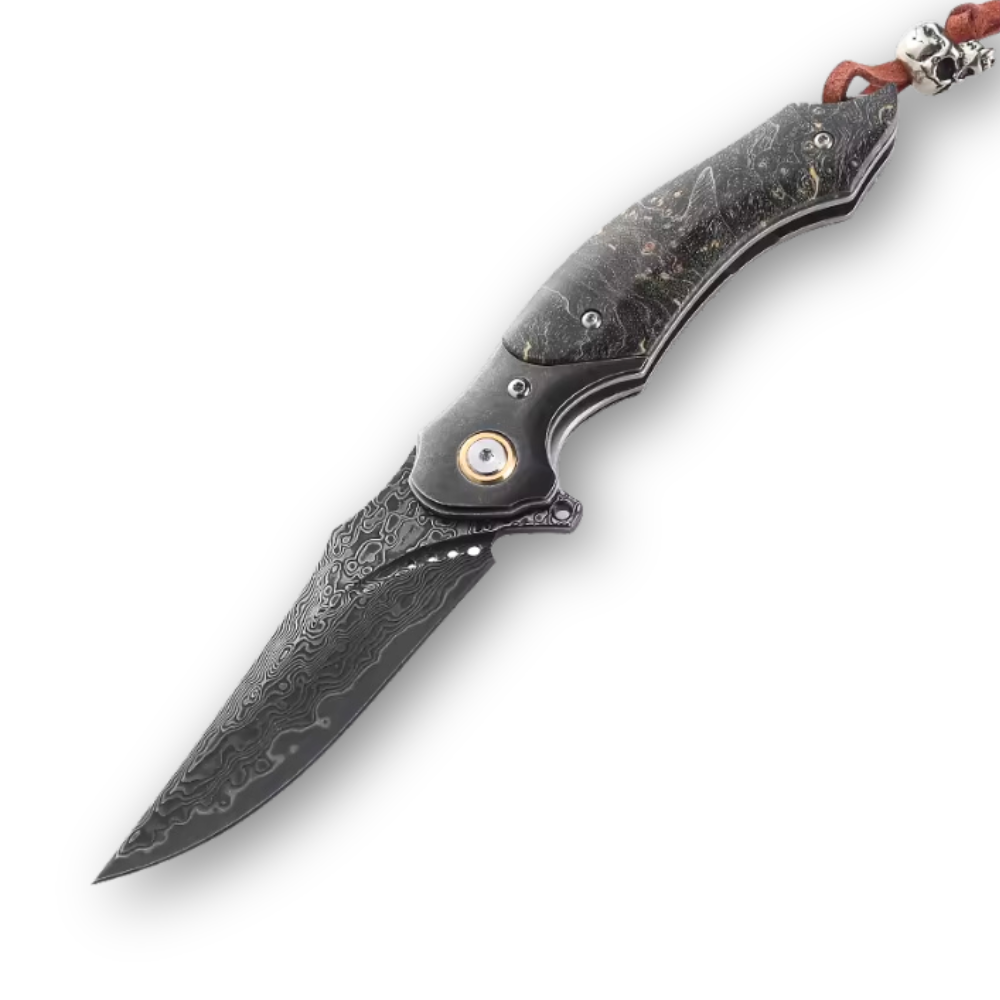










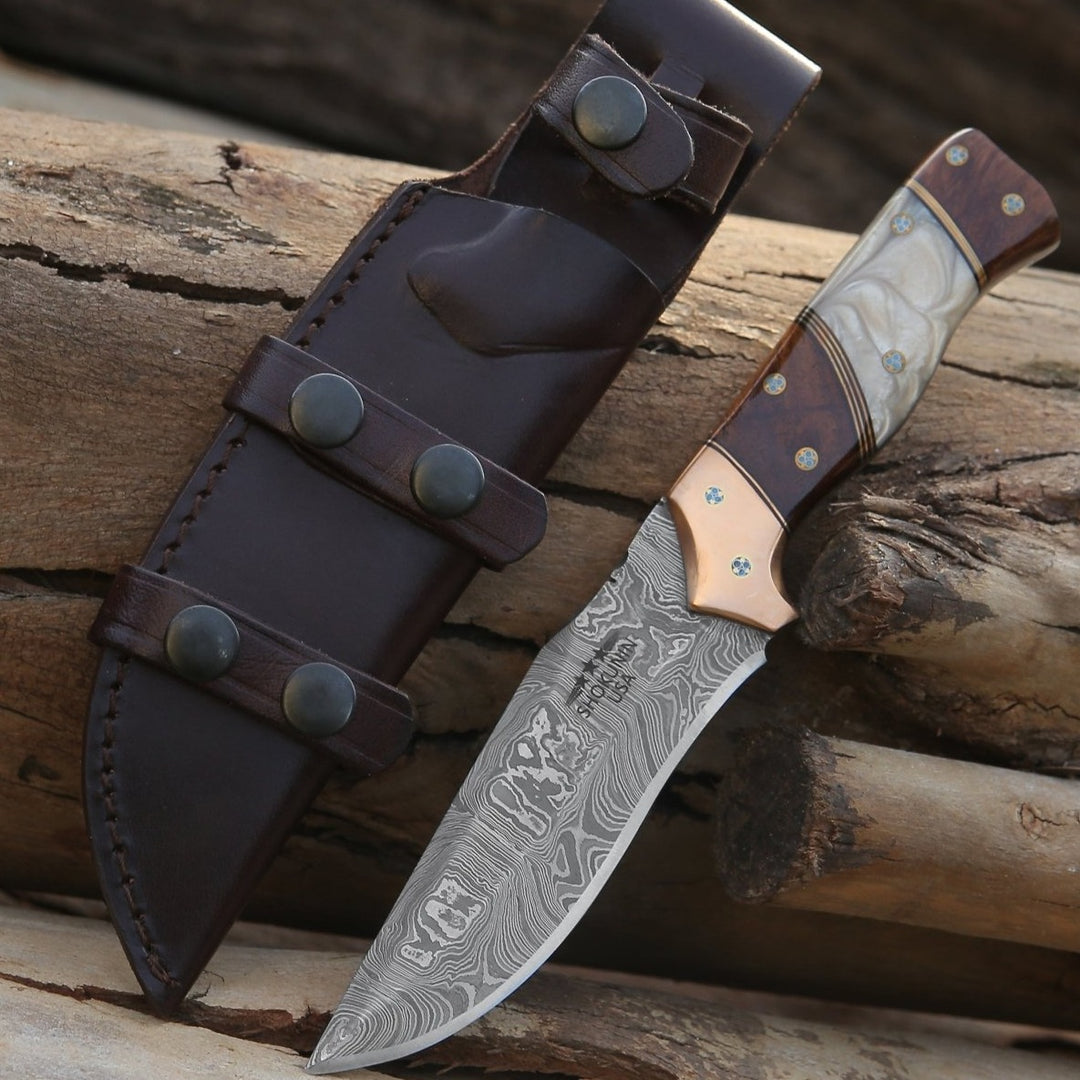
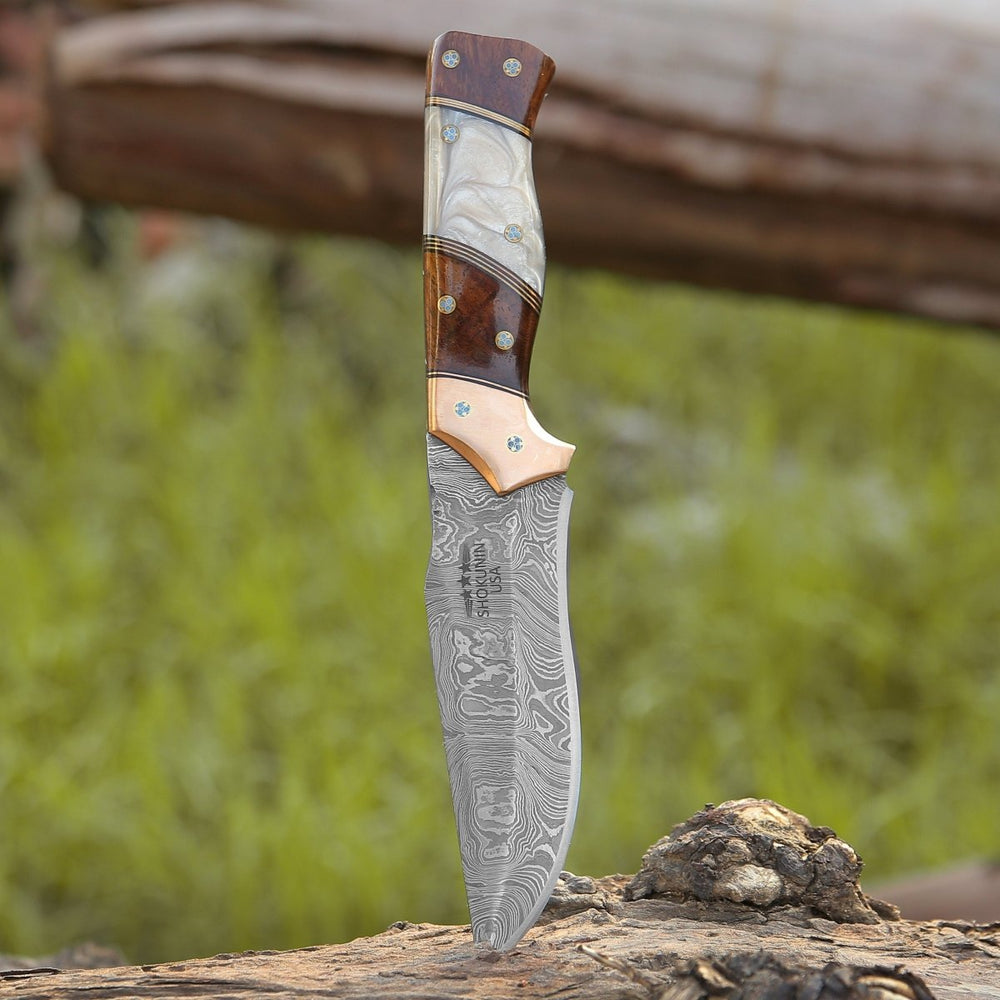


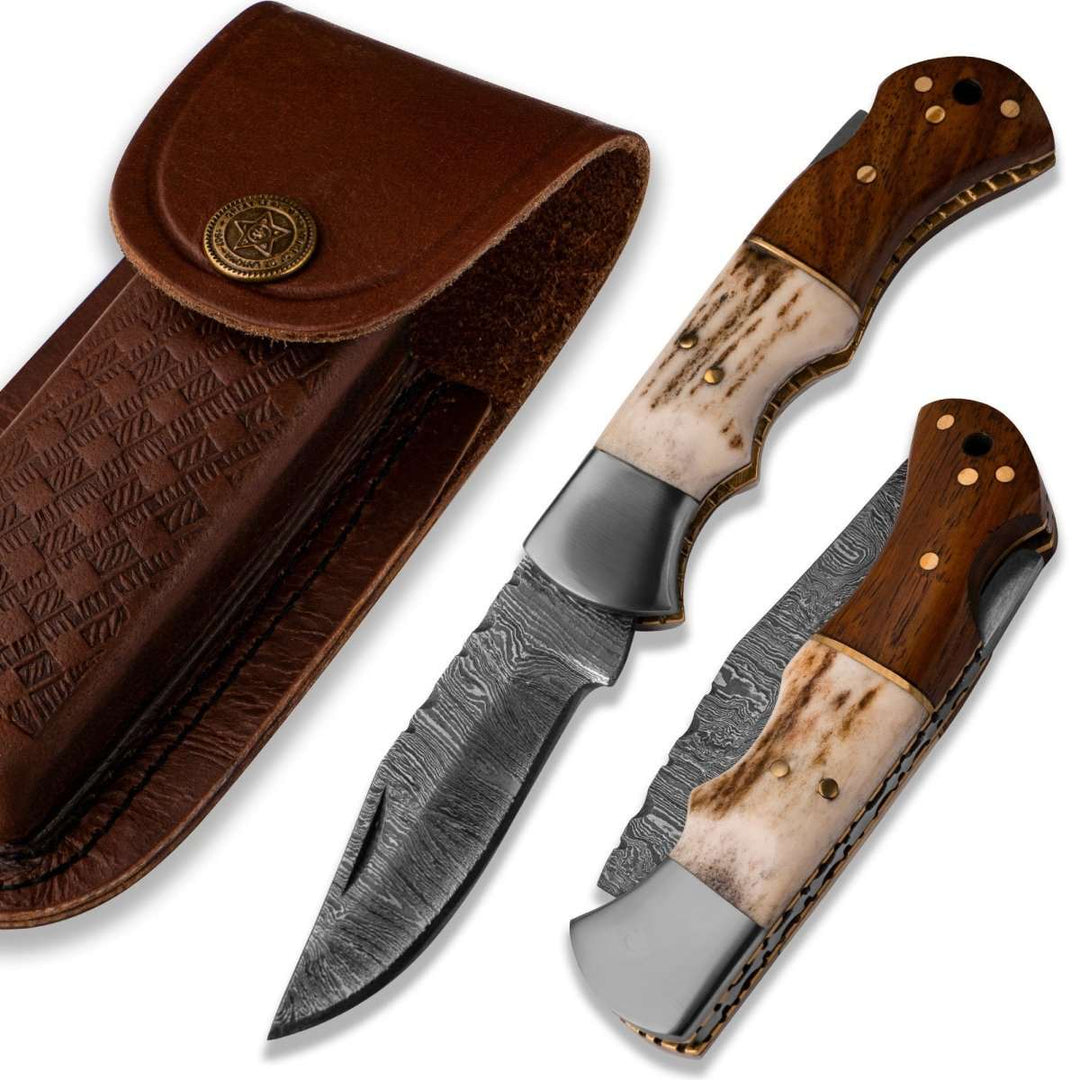
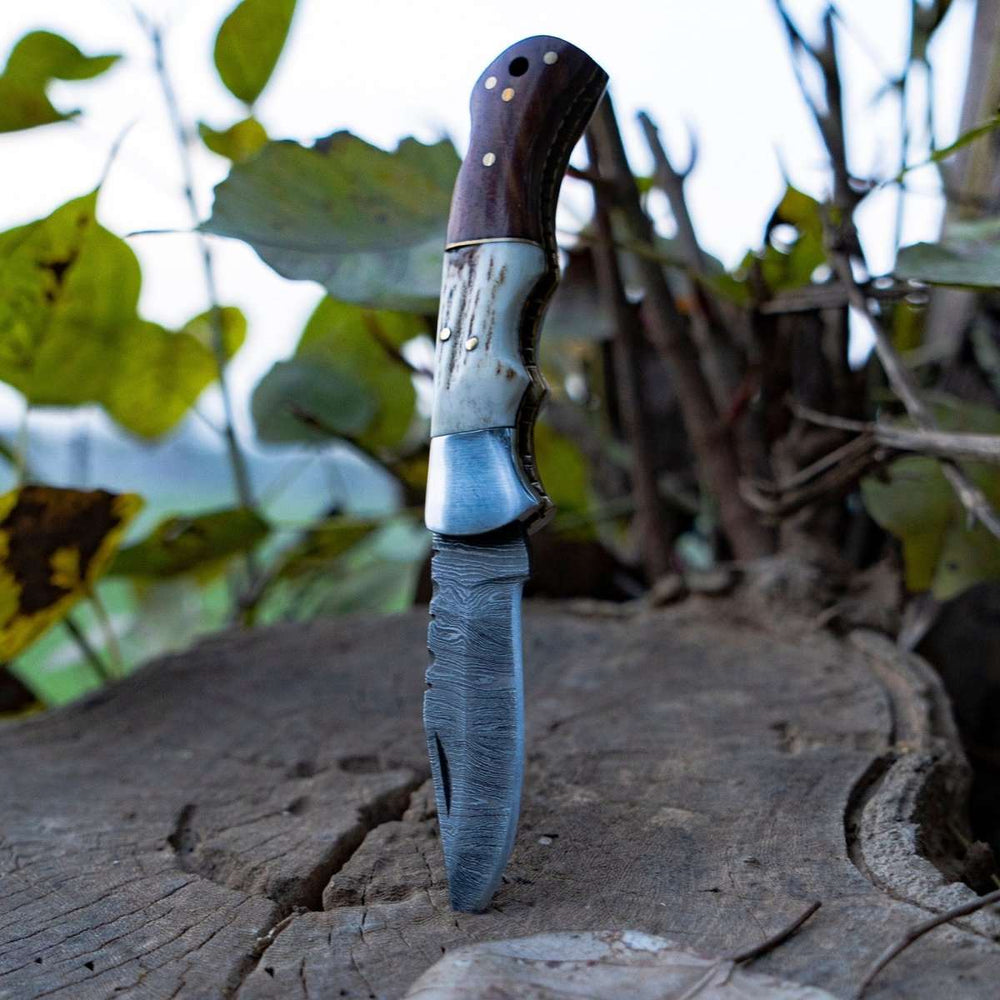




Dejar un comentario